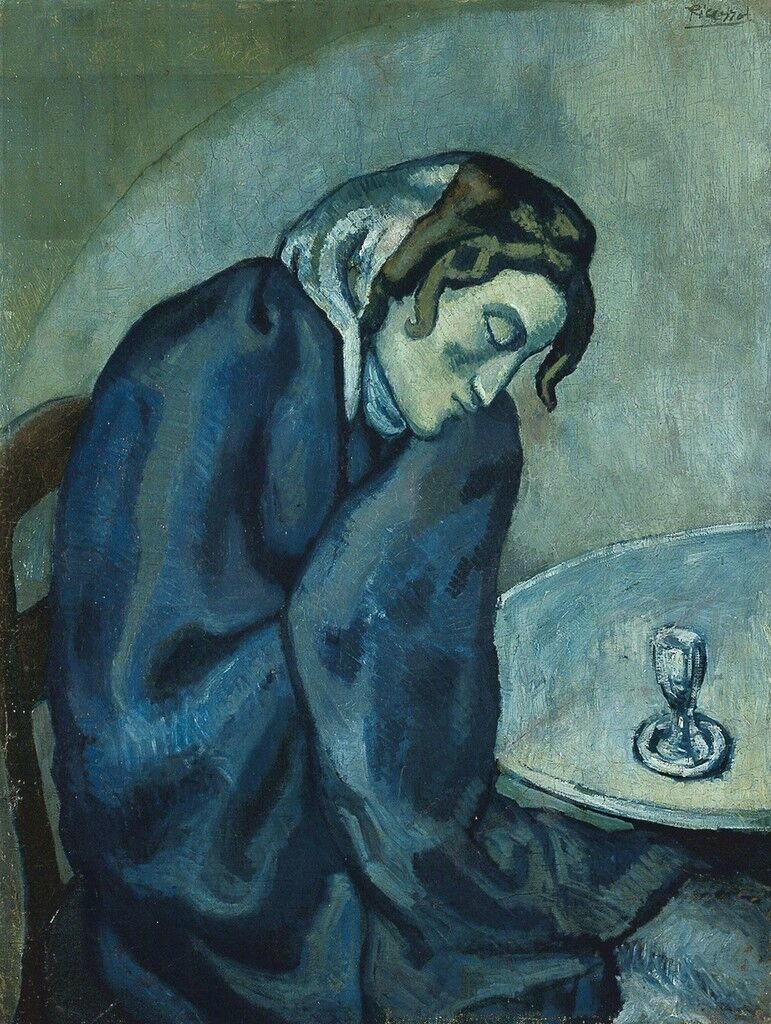
I knew Maurice in his later years, he was a friend of my mother. At that time M.E. Green & Co, Printers was still publishing from Peel Terrace, where he also lived. It's been gone quite a while now. His diabetes was quite visible at times, usually when he hadn't had enough sugar in his diet, and he would show symptoms of hypoglycaemia.
Being diabetic from birth it was instilled into him as an instinct that sugar was bad, like poison - you'll see in the text below that he couldn't have Red Cross chocolate from the Vega - and it could be quite a struggle to get him to take anything sugary, as in his confused mental state from hypoglycaemia, he might think we were trying to poison him. Fortunately we were always able to get him to eventually take a sugary drink and stabilise his sugar levels. But it taught me a lot about diabetes, especially in the case of those born with the condition.
He was extremely lucky to survive the Occupation, being diabetic, and part of that was the kind gift of a German soldier, which shows that even in war time, the face of the enemy is not always as black as it may have been painted.
Fervently against the Common Market or EEC, as it was then, I remember he had a framed (and signed) photo of Enoch Powell, who with Tony Benn, was a leader in the 1970s Referendum fight against Britain remaining. His politics were, I suspect, more aligned with Powell than Benn!
His printing company also produced a few novelty car stickers for the back windscreen, and I still have one, although I have never had the nerve to put it up - it reads "Preserve Wildlife - Pickle A Traffic Warden". Now they are termed Parking Control Officers, the joke has probably worn thin.
An Occupation Tale: Maurice GreenWhen the Occupation began, I was 12, my sister Esme was nine, and my brother Leslie was 17.
We lived at Five Oaks with my father Stan, who was the manager of West’s Cinema, and my mother Maud, in a house that was opposite the Victoria Cottage Homes.
When I was born with diabetes in 1927, insulin had only just become widely available for babies. So I survived, eventually to become the only Channel Islander with diabetes alive at the end of the Occupation.
In those days, children could leave school at 12 if they had an apprenticeship, and I did that — except that I immediately went into business on my own as a printer using the £5 105 6d I had earned from cleaning windows, chopping wood and digging gardens to set myself up.
When the Occupation began I was on 90 units of insulin 3 day When stocks began to run out it dropped to 20, then ten, and finally to nothing.
Some was sent from France, but the final batch had been diluted and it was useless.
Another batch arrived, but the box was empty, the contents believed stolen
We were all called into the hospital and fed on cabbage with a boiled egg and cabbage water to drink. You couldn’t live on it, and many died.
There were 32 diabetics in Jersey, 26 in Guernsey and one in Sark, and I was the only one left when the Vega arrived.
When I couldn’t take the hospital any more, I walked out, but I was still under age, so they sent the police for me.
Three days later, I walked out again. When I was brought back, I was taken before Dr McKinstry and Dr Darling.
I walked out yet again and said that I would look after myself. I had a lot of rabbits and they lived on grass and dandelions, so I did too, and I ate rabbit meat.
One day a German came to the door and said that the Herr Doktor at the hospital had told him that I was diabetic. ‘I have for you a pre-sent.’ he said.
It was two bottles of insulin which he had bought to send to his mother in Hamburg. She had been killed during the bombing by the RAF.
I was 17 when the Vega arrived with food and medicines for the beleaguered Islanders. My own doctor, Dr Hanna, drove me down to the harbour to pick up the insulin from the ship, and I had to go into hospital for a week while they started me on it again.
I couldn't eat the chocolate from the Red Cross parcels, but I could eat bread and Quaker oats, and it made a real difference to how I felt.

.jpg)



















































